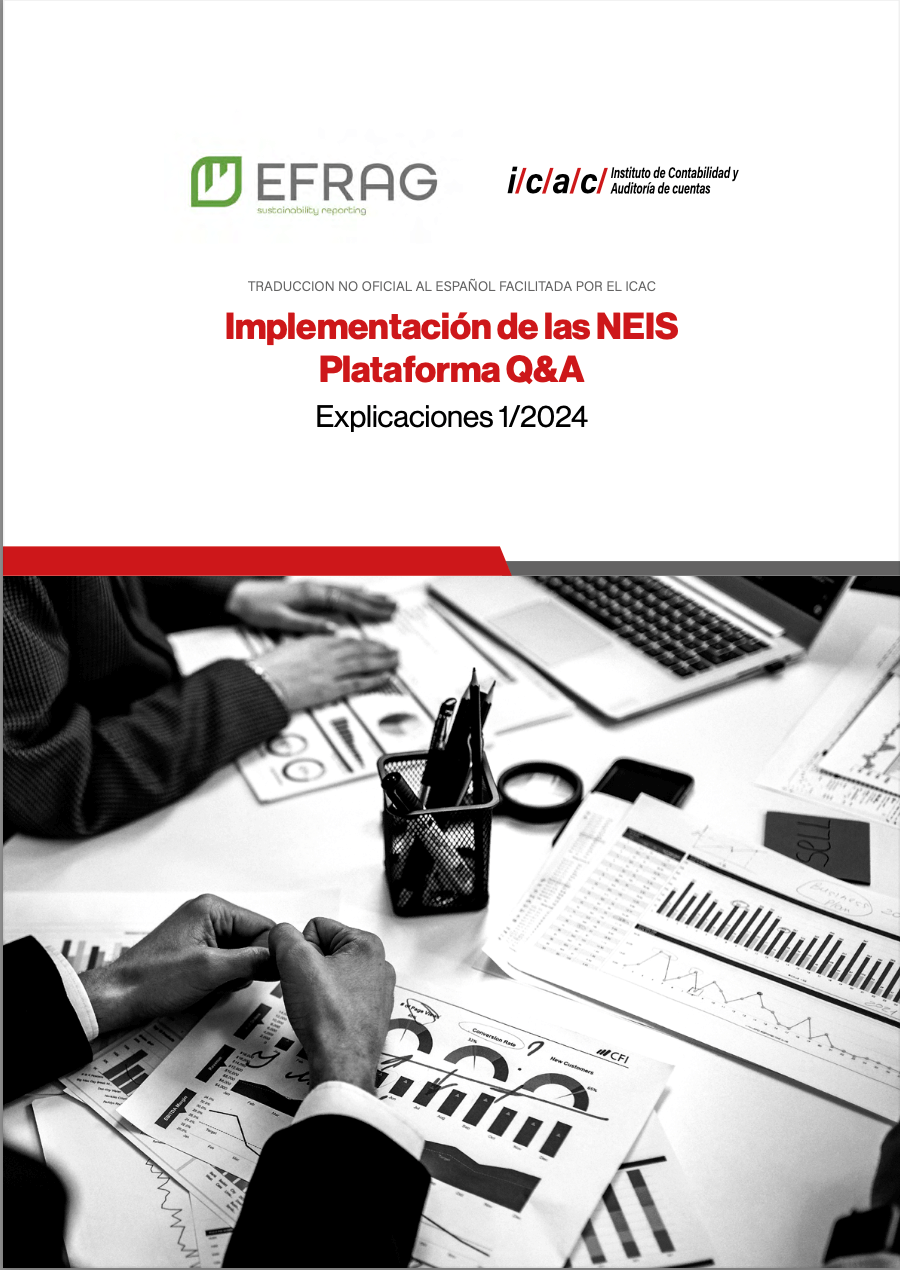Technical guide to conserve and promote biodiversity in new construction and rehabilitation
Detalles

When we talk about sustainability in buildings, we generally think of issues such as material and energy consumption, CO2 emissions, waste generation, etc., but rarely biodiversity. However, many buildings and infrastructures created by humans are home to a rich and varied fauna and flora, because they offer alternatives to the degradation and disappearance of their natural places of refuge and nesting. Some species have even become totally dependent on these artificial structures for their survival.
This guide aims to put an end to the lack of recognition of the importance of biodiversity in the building sector, offering information and tools to operators in this industry so that they can adopt measures to protect and promote natural heritage in their works, in a simple, economical way that guarantees the good condition and conservation of the building heritage. With this, it is expected to contribute to compliance with the principle of not causing significant damage to the environment (DNSH) in terms of the protection of biodiversity in the energy rehabilitation works of buildings that will be financed in the coming years through the Recovery, Transformation and Resilience Plan (RTRP) promoted by the European Union.
Recursos relacionados

TNFD sectoral guidelines for eight sectors of the economy
The TNFD has published final additional sectoral guidance for eight sectors of the real economy to implement the LEAP approach,…

Implementation of the NEIS Platform Q&A Explanations 1/2024
The ICAC- Institute of Accounting and Auditing of Accounts, fulfilling its objective of supporting Spanish companies in adapting to the…

Channelling private finance into nature rewilding projects
Heal Rewilding, a British nature restoration charity, developed an innovative financial model to create medium-scale (about 500 hectares) nature restoration…

